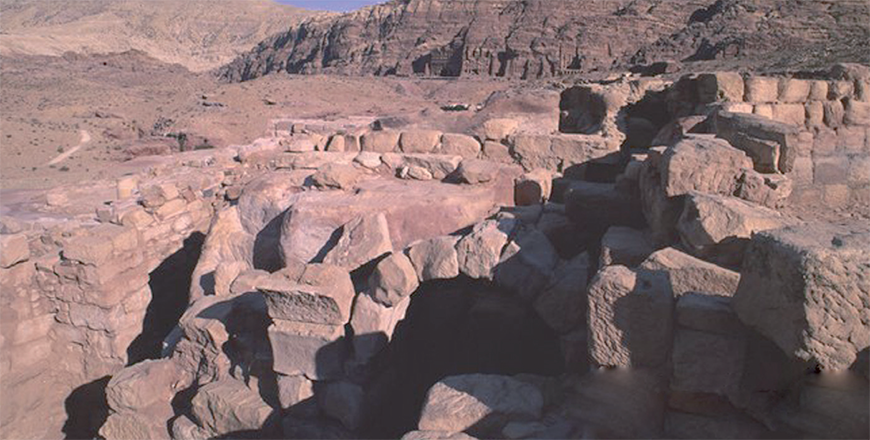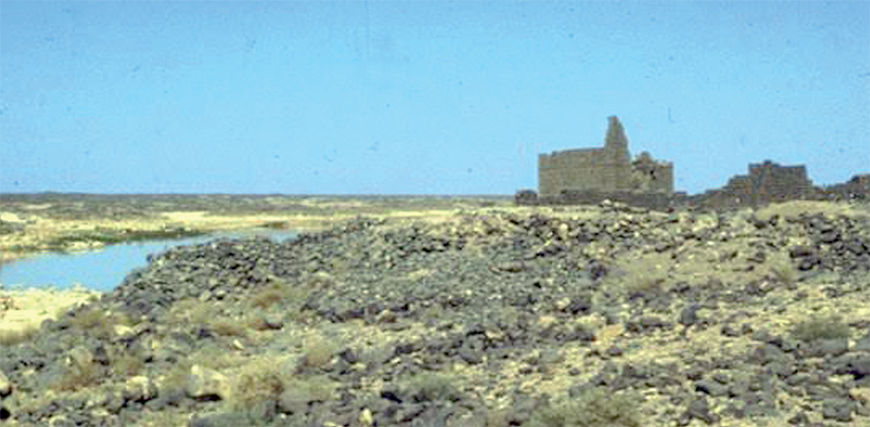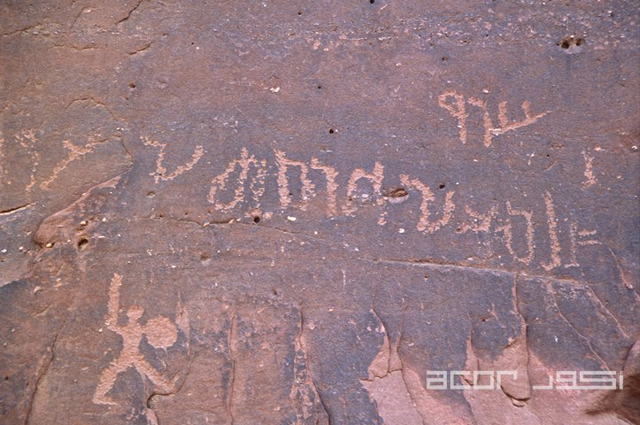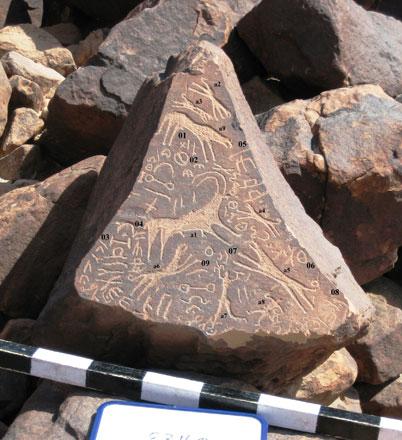You are here
Epigraphic journey: Unveiling the enigmatic society of Ancient Nabataeans
By Saeb Rawashdeh - Jan 25,2024 - Last updated at Feb 24,2024

Many of the texts date after the annexation in 106 AD by the Roman Empire (Photo courtesy of ACOR)
AMMAN — The scarce evidence from ancient sources represent basis for discussions on the Nabataeans and their kingdom, which controlled part of incense trade. Ancient scribes Strabo (63 BC-24 AD) and Flavius Josephus (37 AD-100 AD) left their accounts on the Nabataeans, their customs and origin. However, archaeological and epigraphic evidence still remain more truthful than testimonies of their contemporaries, which were often biased. According to Strabo, Josephus and Diodorus, Nabataean origin is Arabic and Semitic, although scholars argue whether they were just nomads under the Roman rule, or they had both nomadic and sedentary populations within their realm.
The Arabs and Edomites that appear in the ostraca are estate owners that deliver wheat and barley as a tax to the garrison storehouses, which was a clear indication of the sedentary culture, underlined Proffesor Emeritus David Graf, noting that due to the lack of Nabataean writers, researchers turn to inscriptions in order to reconstruct how the Nabataean society functioned.
“Jean Starcky [1909-1988] long ago observed that there existed several varieties of Aramaic script in southern Syria and Transjordan that were different from its chancellery at Petra,” Graf underlined, adding that nobody expected a uniform Nabataean inscription in the territory from northwest Arabia to Sinai and from Petra to southern Syria.
Differences in script have to be anticipated, the scholar underlined, noting that the more fundamental reservations in identifying scripts as Nabataean are based on the content of the inscriptions rather than the script or language.
and are considered Nabataean only because of the script used by authors.
In the early 20th century, only a handful of the Nabataean texts were known in Petra and its vicinity, Graf continued, while Milik and Stacsky later list 974 inscriptions from Petra alone.
Meanwhile, other scholars studied inscription in Hishma Desert so the corpus of texts increased to over 1000 between Petra and Aqaba.
“However, the Petra heartland corpus of the Nabataean inscription constitute around 15 per cent, while around 60 per cent are discovered in other parts of the Levant, namely Sinai, Naqab and Egypt,” Graf underlined, noting that inscriptions can be found in other parts of the Mediterranean when the Nabataeans had their trading posts.
“It only shows how limited is our view and knowledge on the Nabataeans if we use Petra as our epigraphic measuring stick,” Graf stressed, adding that not a single inscription from Petra is dated precisely to a year in reigns of the kings after Aretas IV (9 BC-40AD).
Imprecise dating remains one of the major problems in analysing the chronology of the rule of the Nabataean kings and historical events that occurred.
Regarding the language, it has been established after the 19th century’s work of the German orientalist Theodore Nodelke (1836-1830) that the Nabataeans wrote publicly and officially in Aramaic while they used Arabic as a spoken language.
“Although Aramaic language and script led some authors to think that Aramaic was a key element of the Nabataean language, the language of the commoners remained Arabic,” Graf highlighted.
Related Articles
AMMAN — Northeastern Jordan was a significant area for inscriptions dating from different historical periods.
AMMAN — In order to have centralised information about inscriptions from Ancient North Arabia, a group of scholars created “The Online Corpu
AMMAN — Ancient texts and inscriptions are among archaeologists’ most valuable finds, offering direct insights into the remains where they a




















